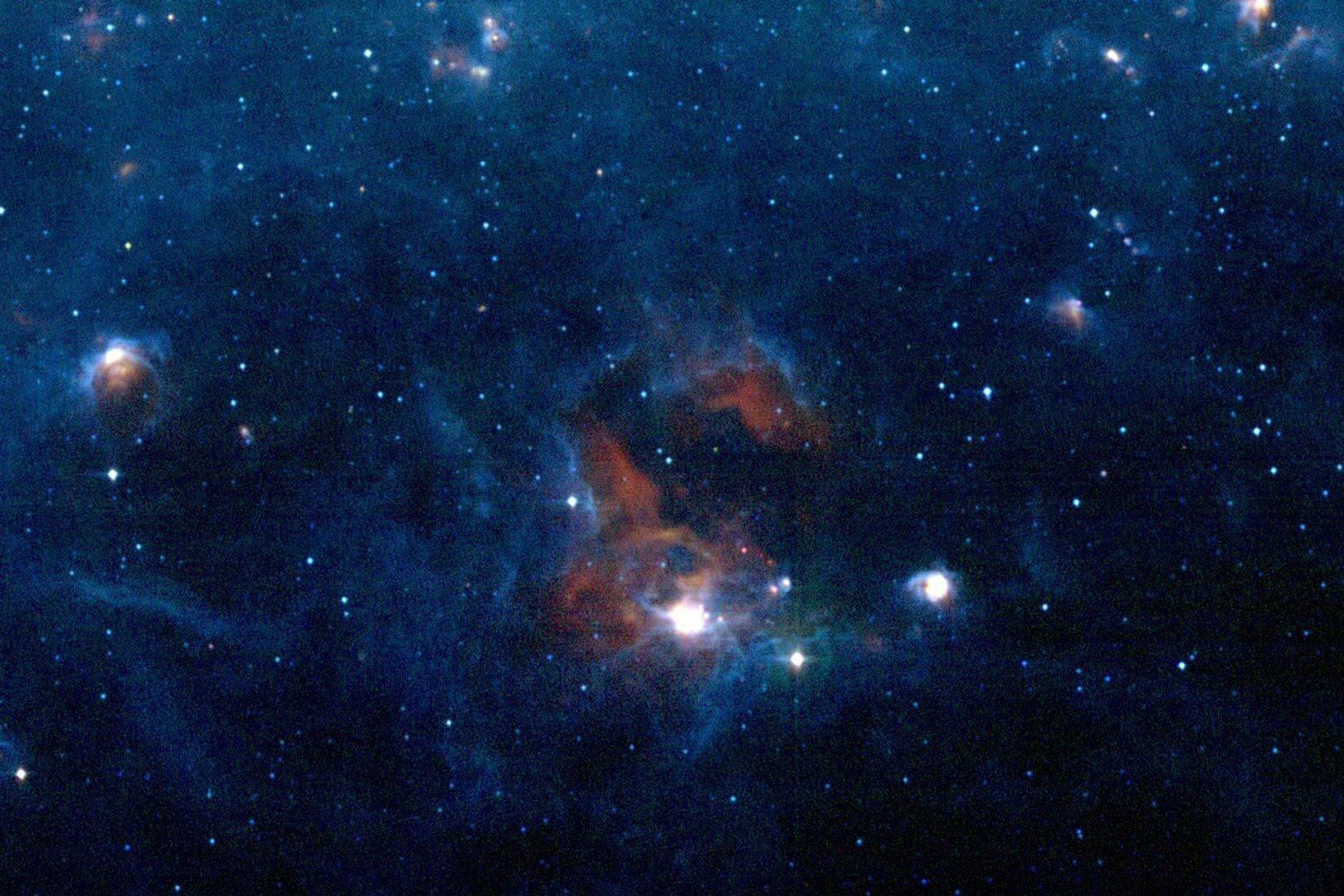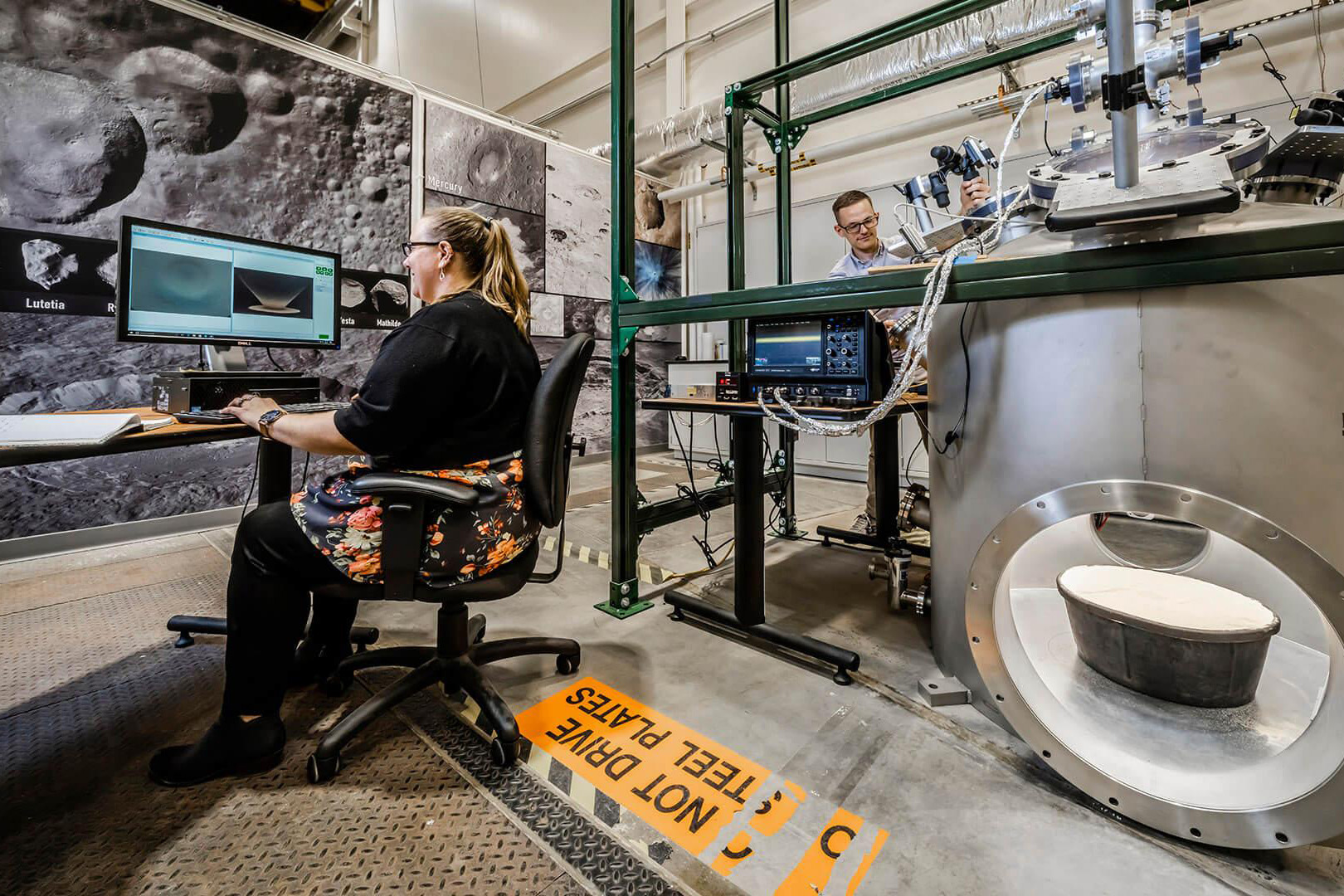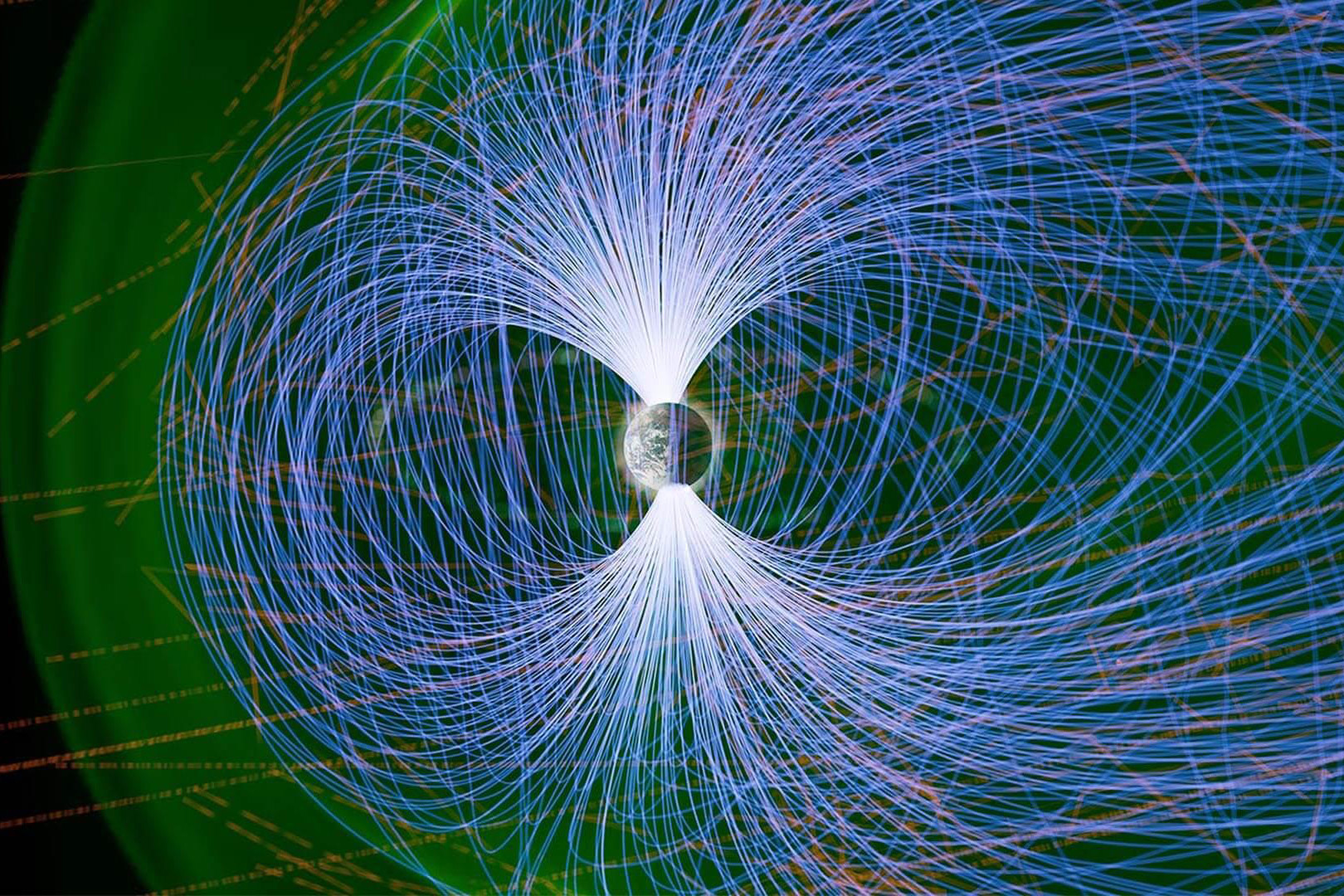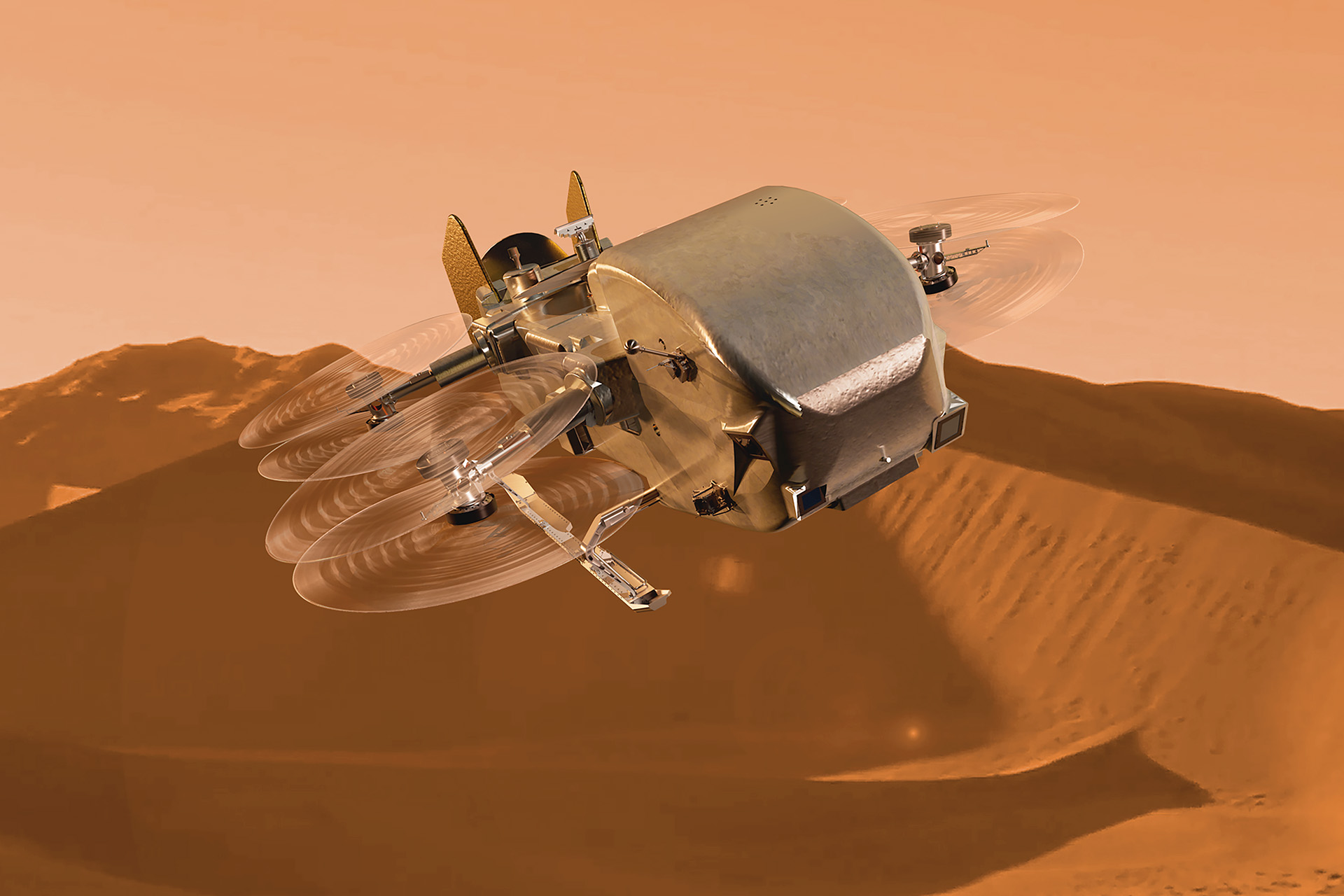Space Science and Engineering
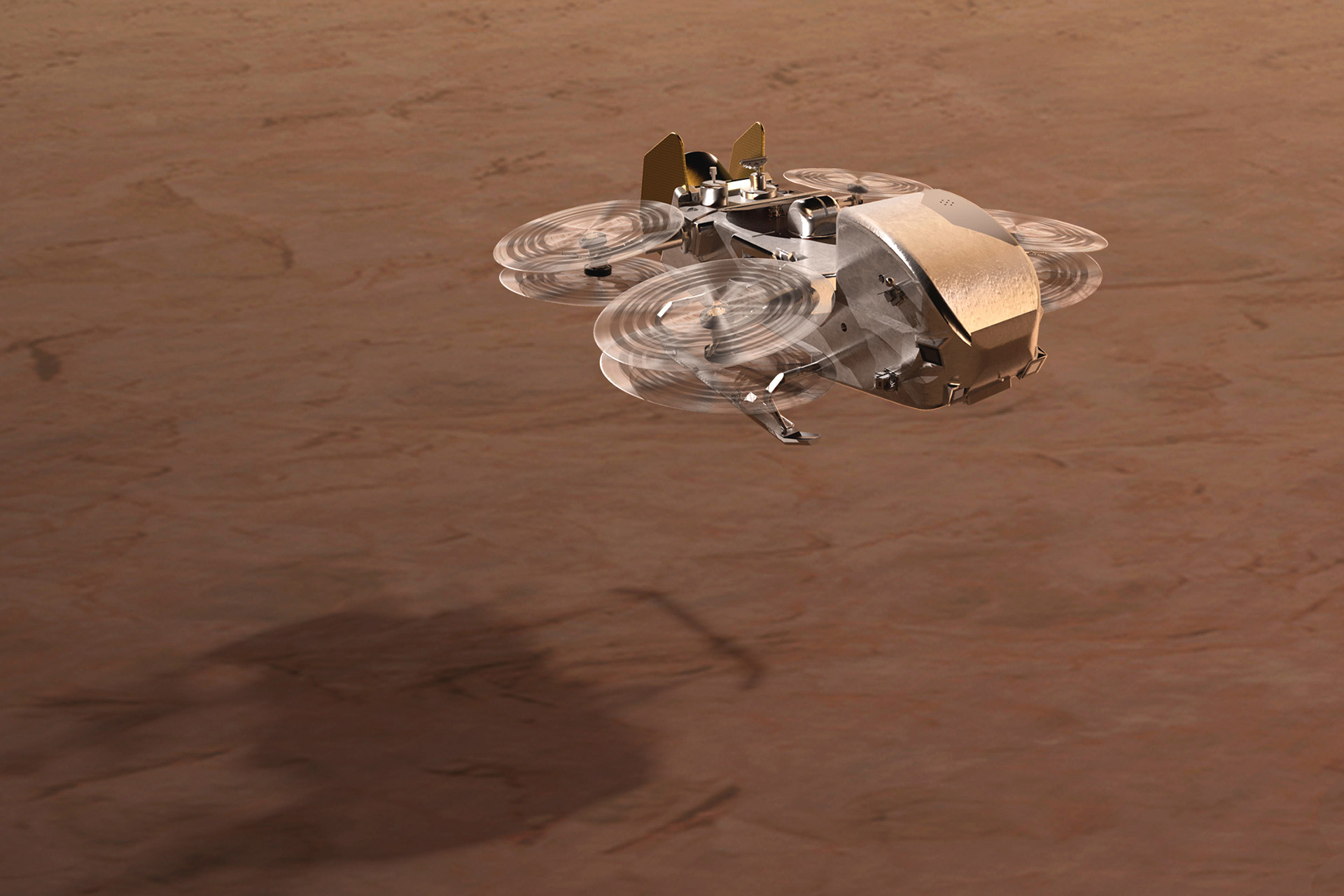
Expanding the frontiers of space science and technology

Since the dawn of the Space Age, APL has expanded the frontiers of space science and technology. We took the first picture of Earth from space, invented satellite navigation, dispatched spacecraft across the solar system, and demonstrated technology to advance our nation’s security.
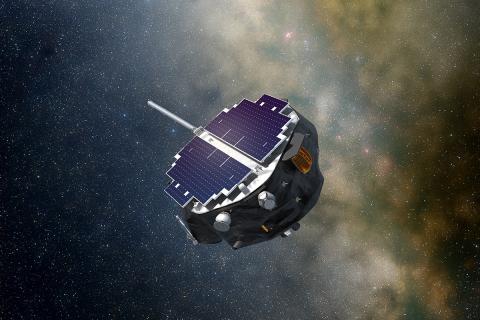
Featured Mission
IMAP →NASA’s Interstellar Mapping and Acceleration Probe (IMAP) mission, which APL built in partnership with Principal Investigator David McComas of Princeton University, will study the boundary of our heliosphere, decoding the messages in particles from the Sun and beyond our cosmic shield.
See More of APL’s Work Across the Solar System
Explore the Destinations MapAt a Glance

70+ Spacecraft Built to Explore the Solar System
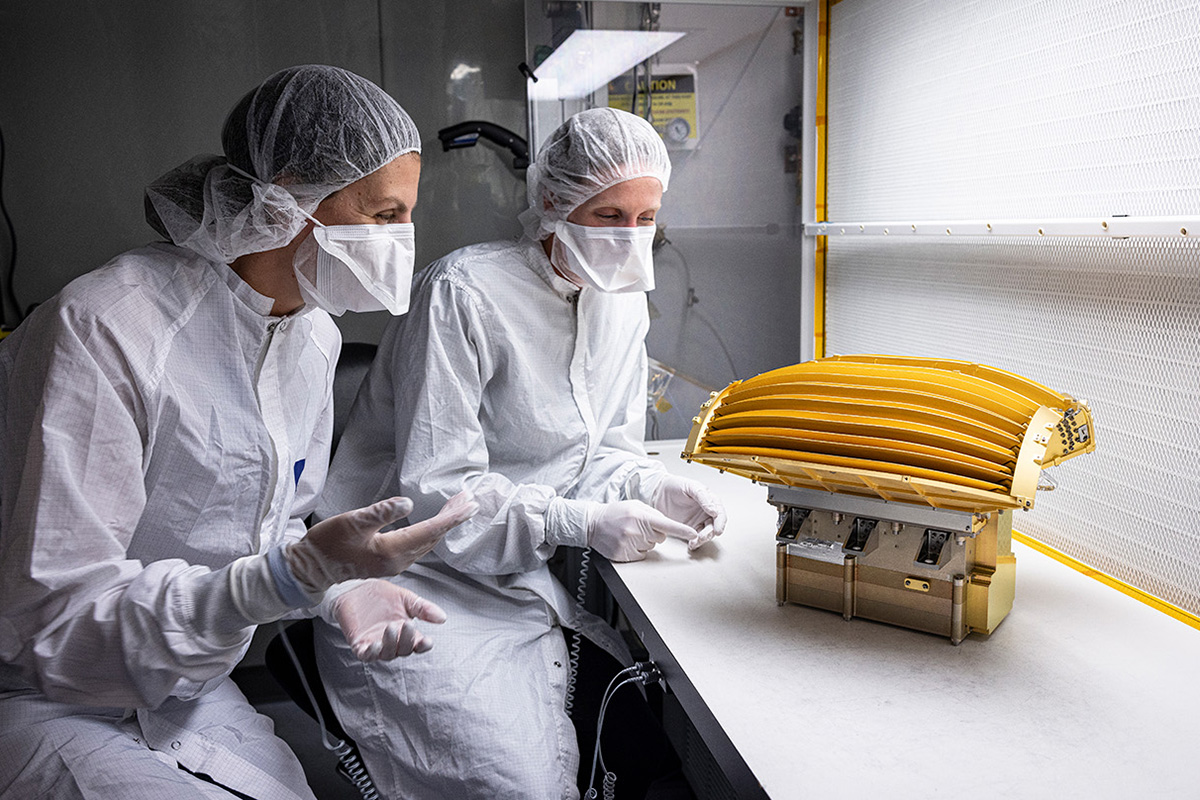
325+ Instruments Operated to Better Understand Our Place Among the Stars
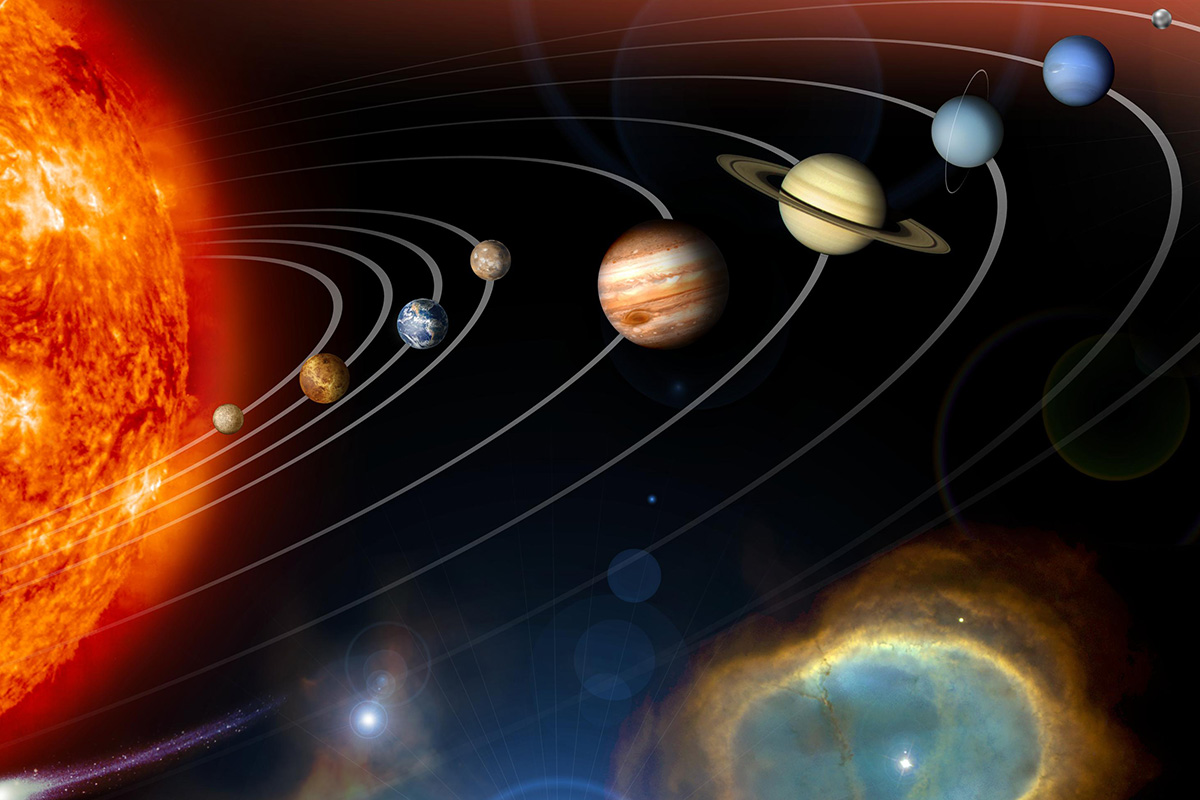
9 Classical Planets Explored
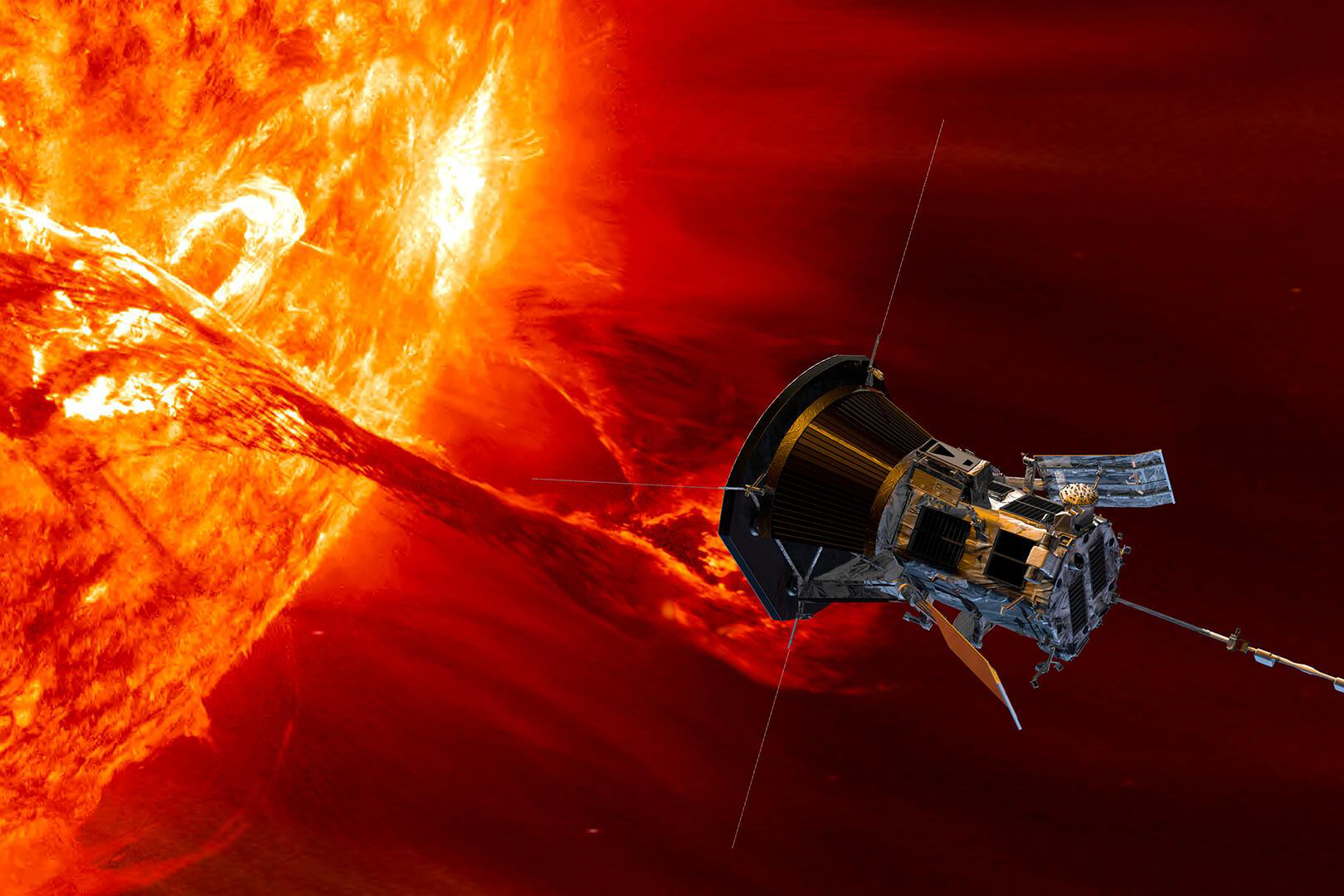
1 Sun Touched
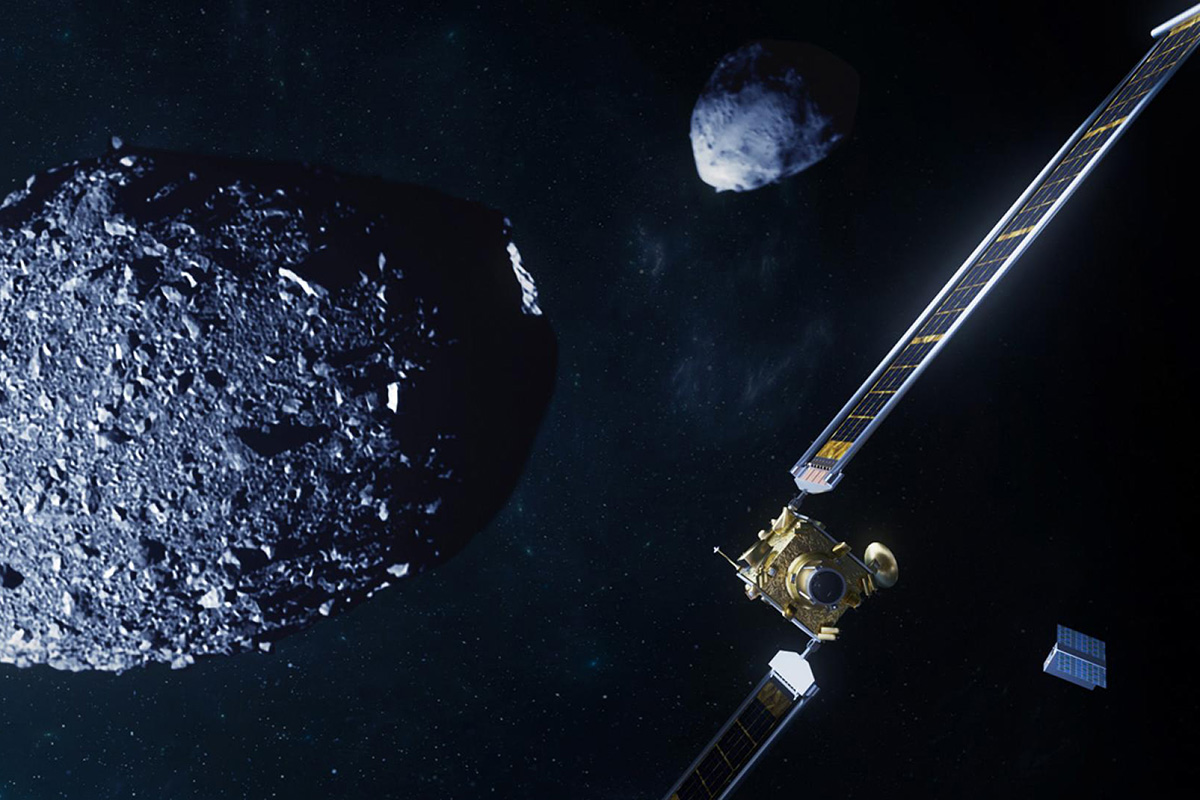
1 Celestial Body Moved
Focus Areas
Our People
We are scientists, engineers, planners, and dedicated professionals committed to exploring space and expanding humanity’s knowledge of the Sun-Earth system, our moon, the solar system, and beyond. We do the impossible every day. Learn more about our people.
Featured Missions
As spaceflight pioneers with six decades of experience, APL has designed, built, and operated and led more than 70 spacecraft missions—including some of NASA’s and the Department of Defense’s most innovative and challenging missions over the past two decades.

Dragonfly Outer Moons
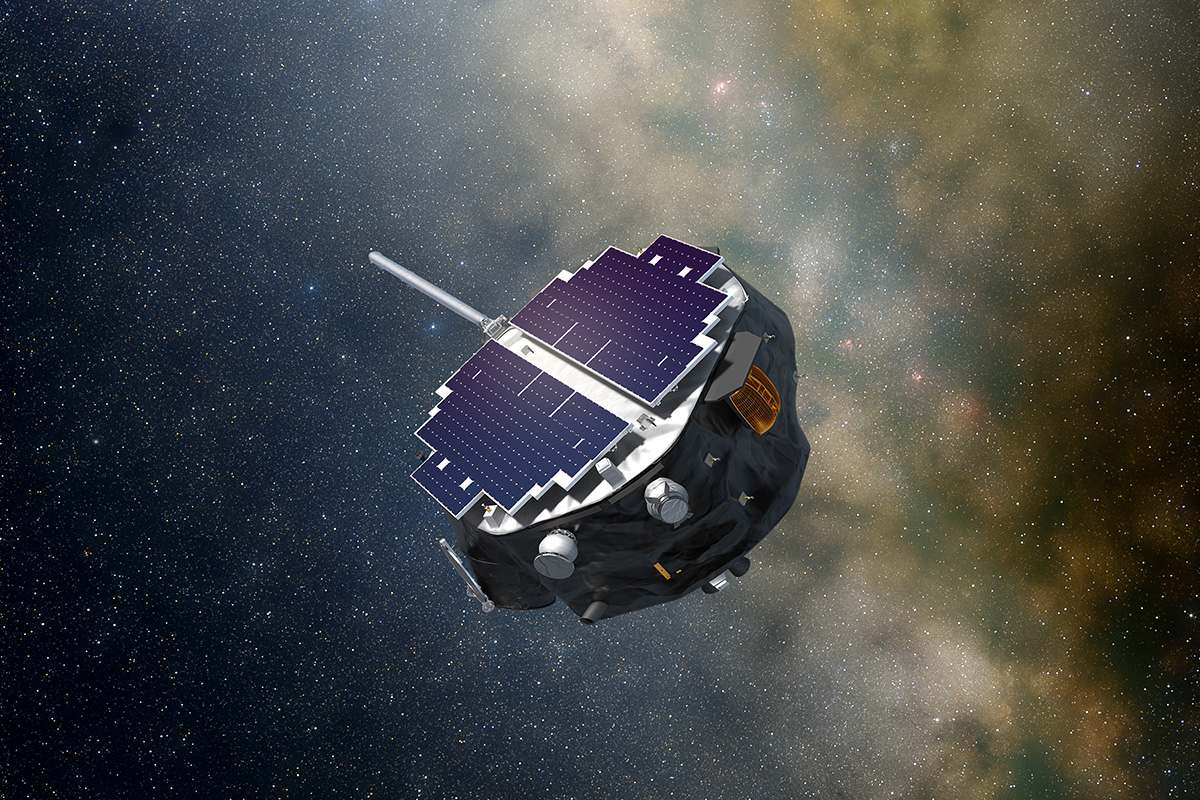
IMAP Interstellar Medium

Parker Solar Probe Sun and Solar Wind
Initiatives
APL’s scientists and engineers are leading and developing initiatives that will facilitate the exploration of the Moon and that could define the future of space exploration.

Lunar Surface Innovation Initiative Moon

Ice Giant Research and Exploration Giant Planets
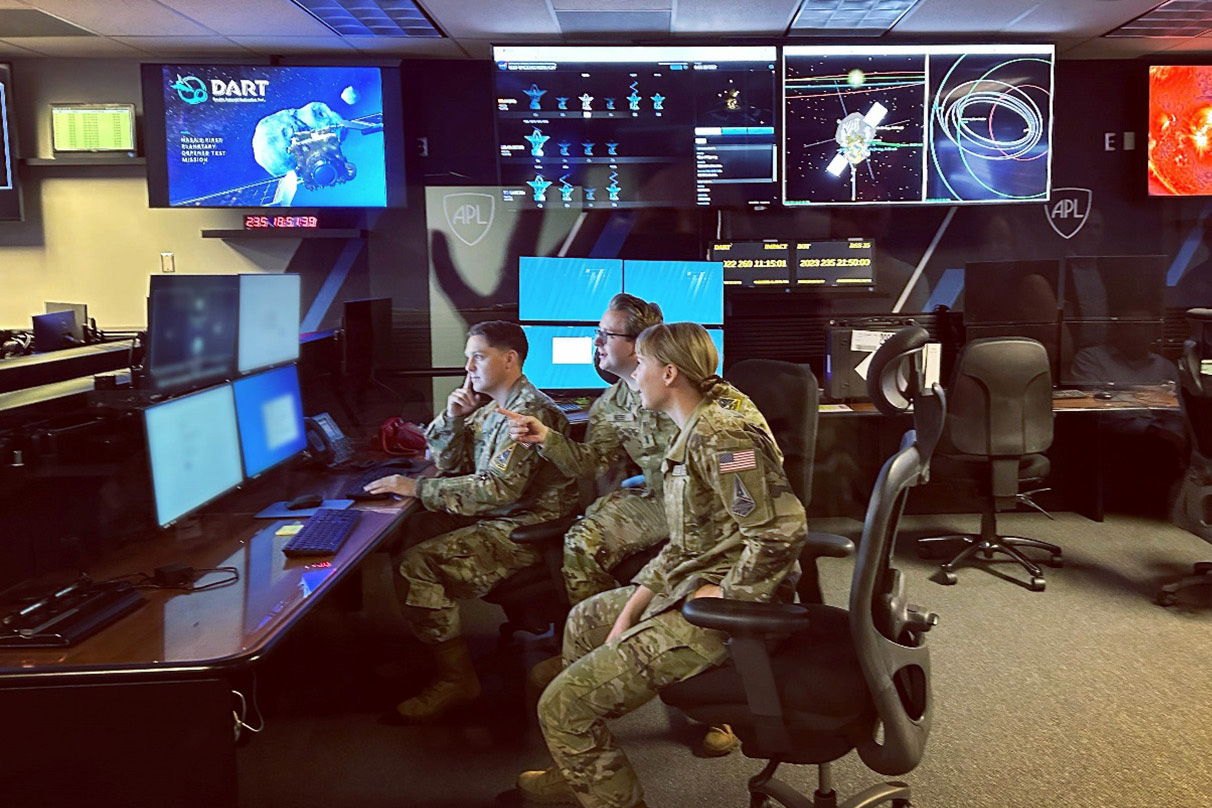
Enabling the Next Generation of Space Operator Earth
Science

Space Science Snapshots
At APL, our space scientists and engineers strive every day to break new ground. Check out these snapshots of their innovative work, which are helping to inform policymakers, cut the costs of exploration, and push the boundaries of space and planetary science.
Featured Instruments
APL’s long heritage of space technology innovation reaches back six decades, and includes building more than 300 specialized instruments. APL instruments have provided the first images of Saturn’s magnetic field; contributed to the discovery of ancient water across Mars, delivered the first close-up views of Pluto and its moons; and helped determine when humankind—through Voyager 1—left the solar system for the first time.
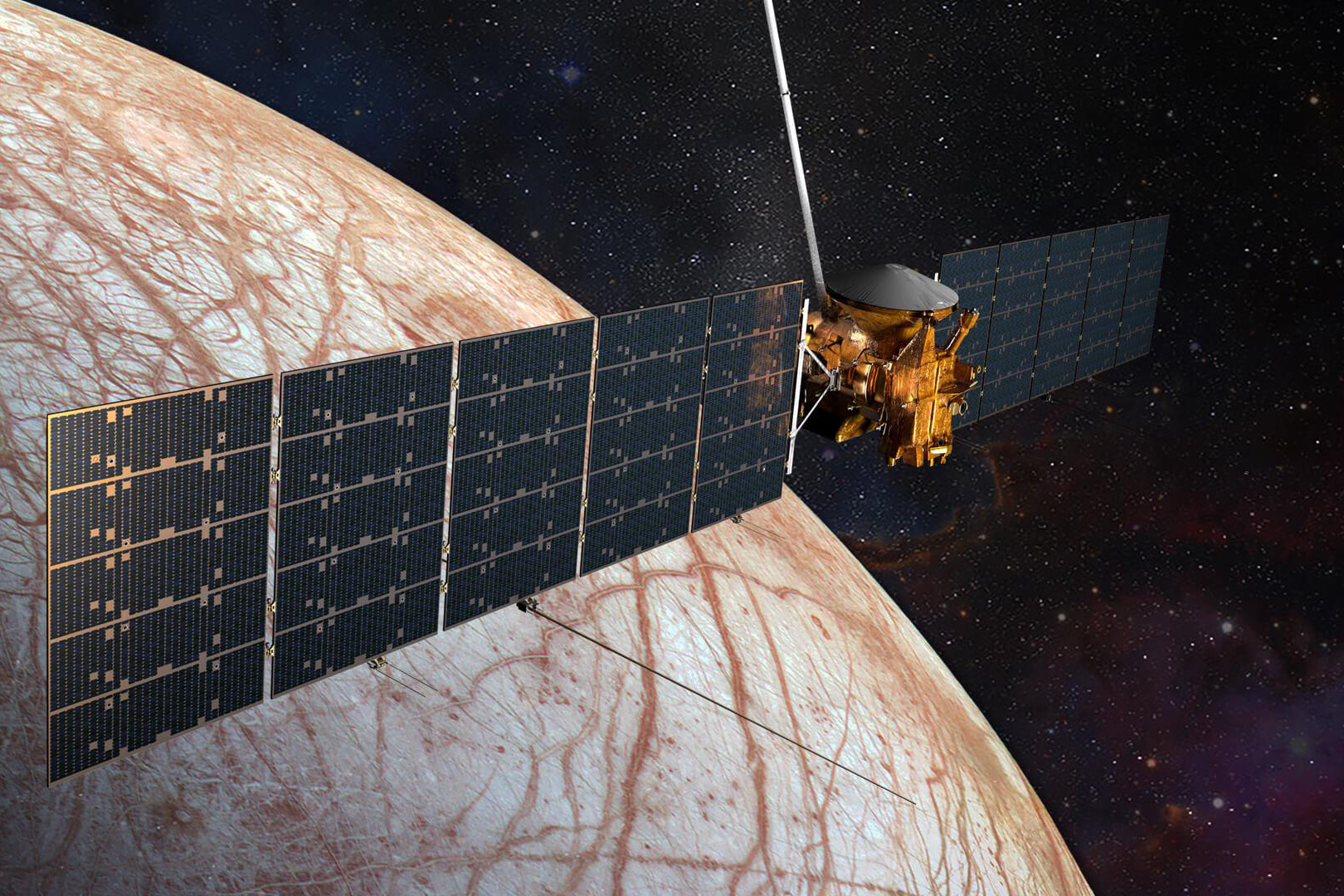
EIS Outer Moons

DraGMet Outer Moons
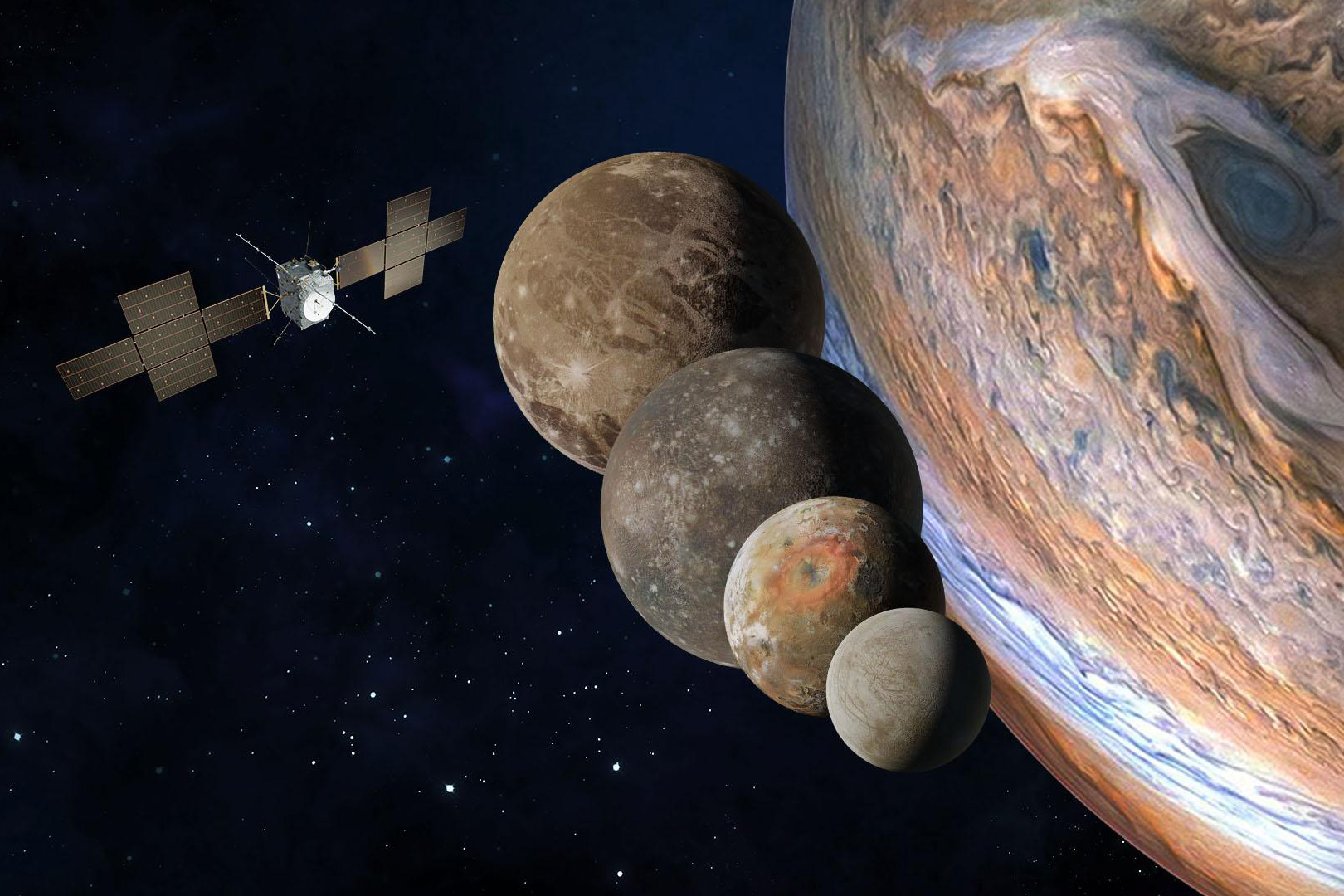
JoEE/JENI Outer Moons
Education and Outreach
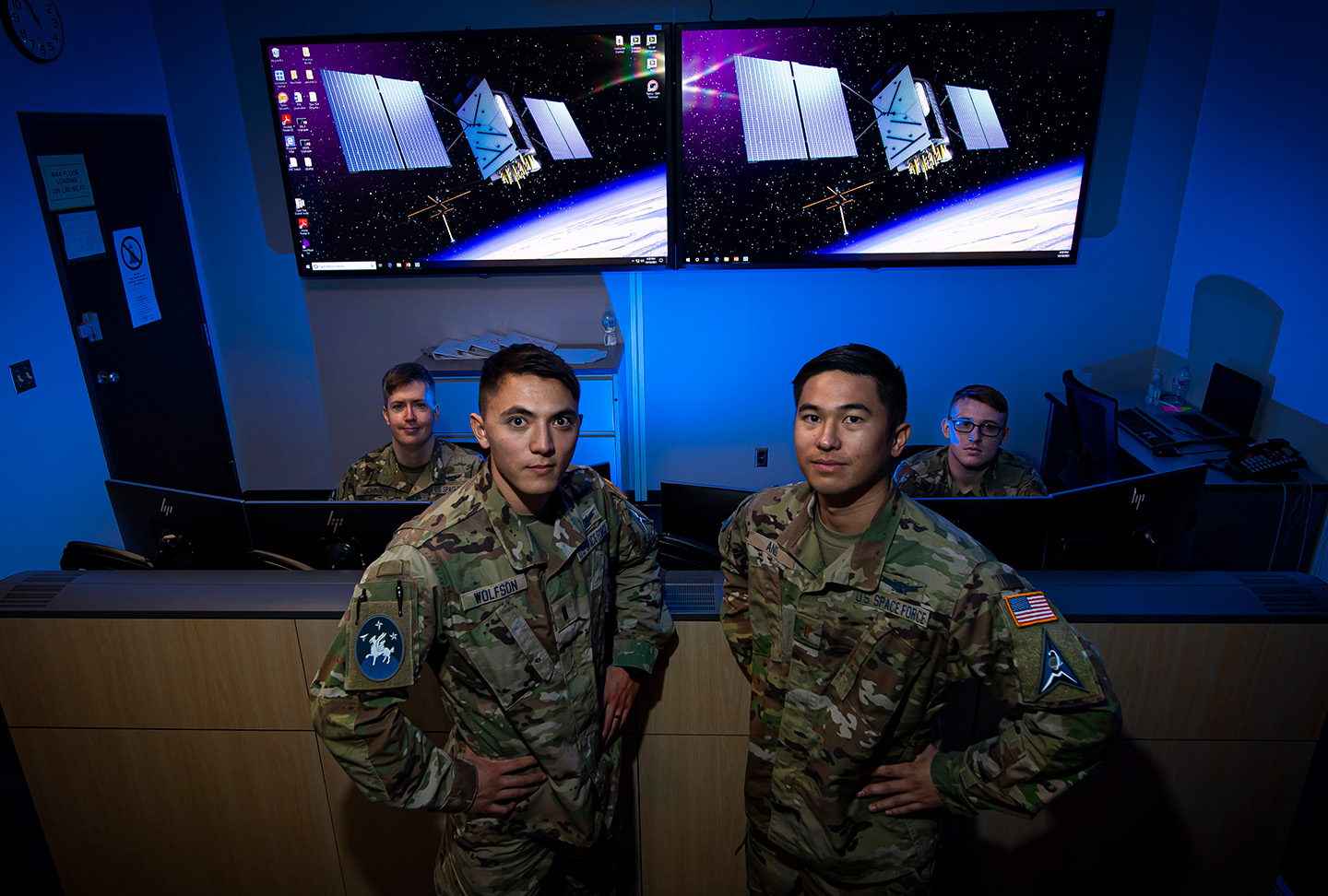
U.S. Space Force Schriever & West Space Scholars Program →
A highly selective U.S. Space Force program designed for military officers, government civilians, and partner nation students through a tailored track within the Johns Hopkins SAIS Master of International Public Policy degree.
As part of this collaboration, APL provides state-of-the-art facilities where Space Force leaders can collaborate on world-class research and development projects, as well as access to specialized facilities for work related to their national security missions.

Krimigis Postdoctoral Scholars Program →
The Krimigis Postdoctoral Scholars Program provides extraordinary scientists with the opportunity to engage in cutting-edge projects designed to advance the future of space science.
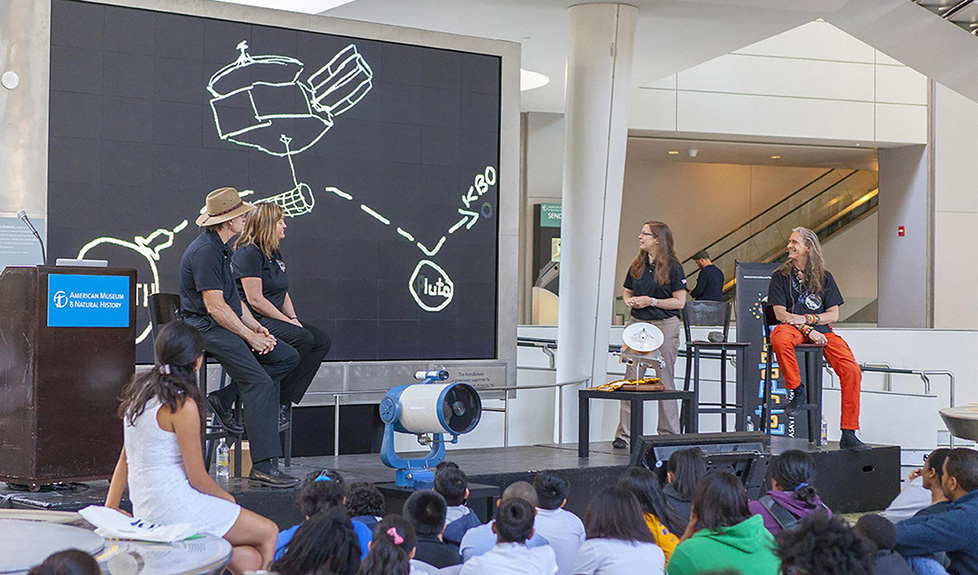
Summer Center for Space Science →
Students in grades 6-8 work in teams alongside APL scientists and engineers who have designed and built space missions for NASA.
Our Organization
Learn more about how we lead missions from design and build through operations and data delivery.

Space Formulation
Leaning forward to take on the challenges of the future
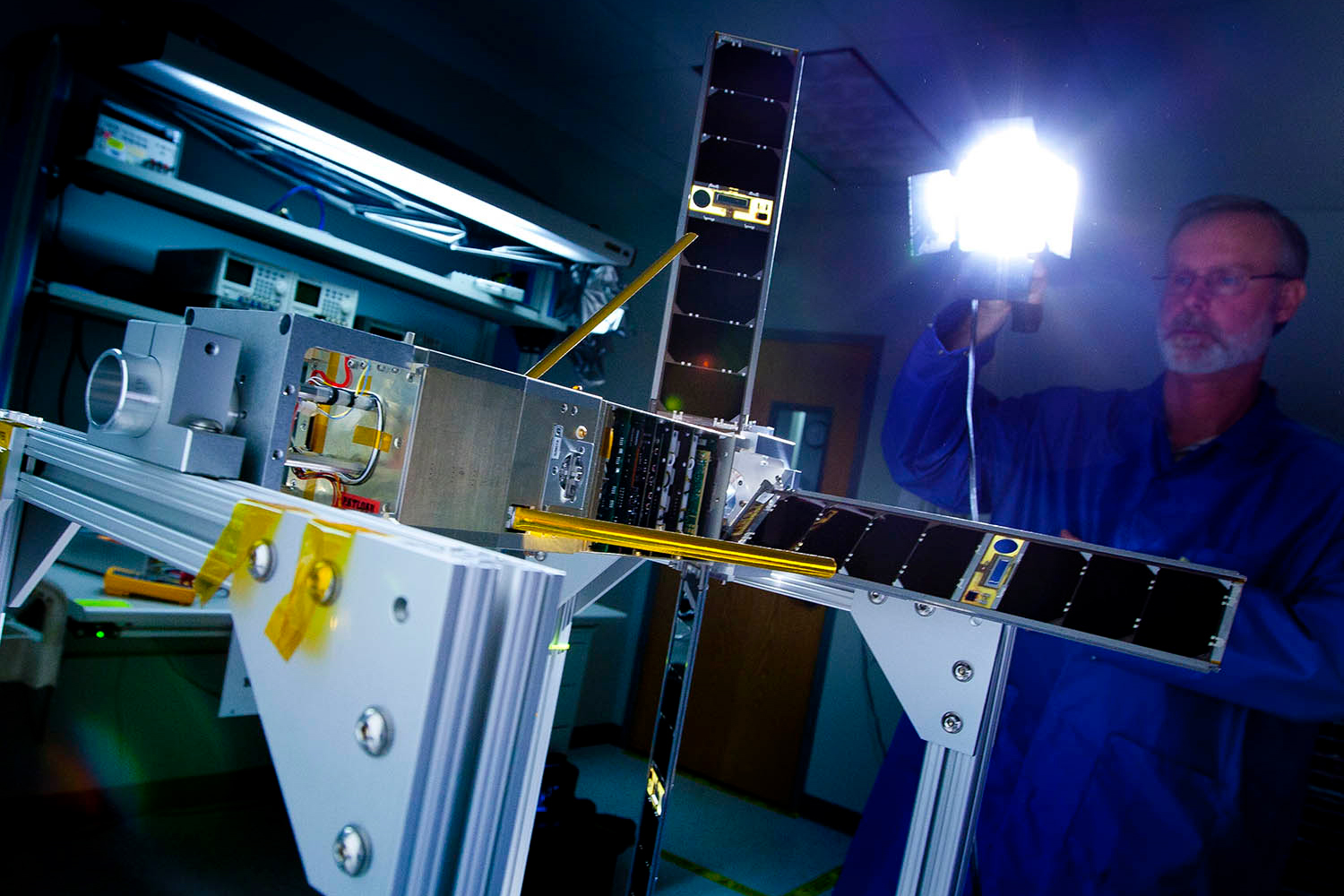
National Security Space
Space solutions to critical military problems
Labs and Facilities
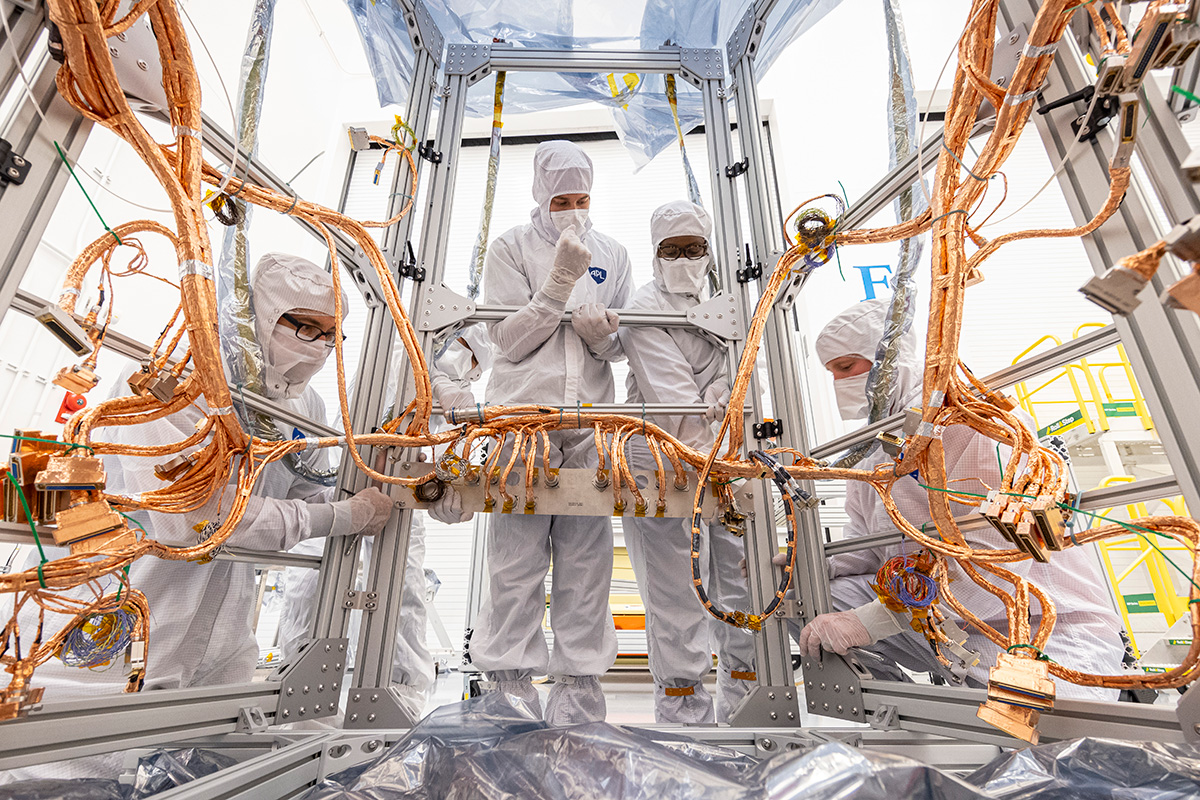
Our Facilities
APL is recognized as a leader in mission design and navigation; instrument development; mechanical engineering; mechanical design, thermal, and instrument accommodation; communications hardware; electrical subsystems and power; precision timekeeping devices, mission operations, and scientific research. Our facilities are essential to support our spaceflight build process and scientific discoveries.
Related News

Sep 24, 2025
NASA Launches IMAP Mission to Study the Heliosphere and Better Understand Space Weather
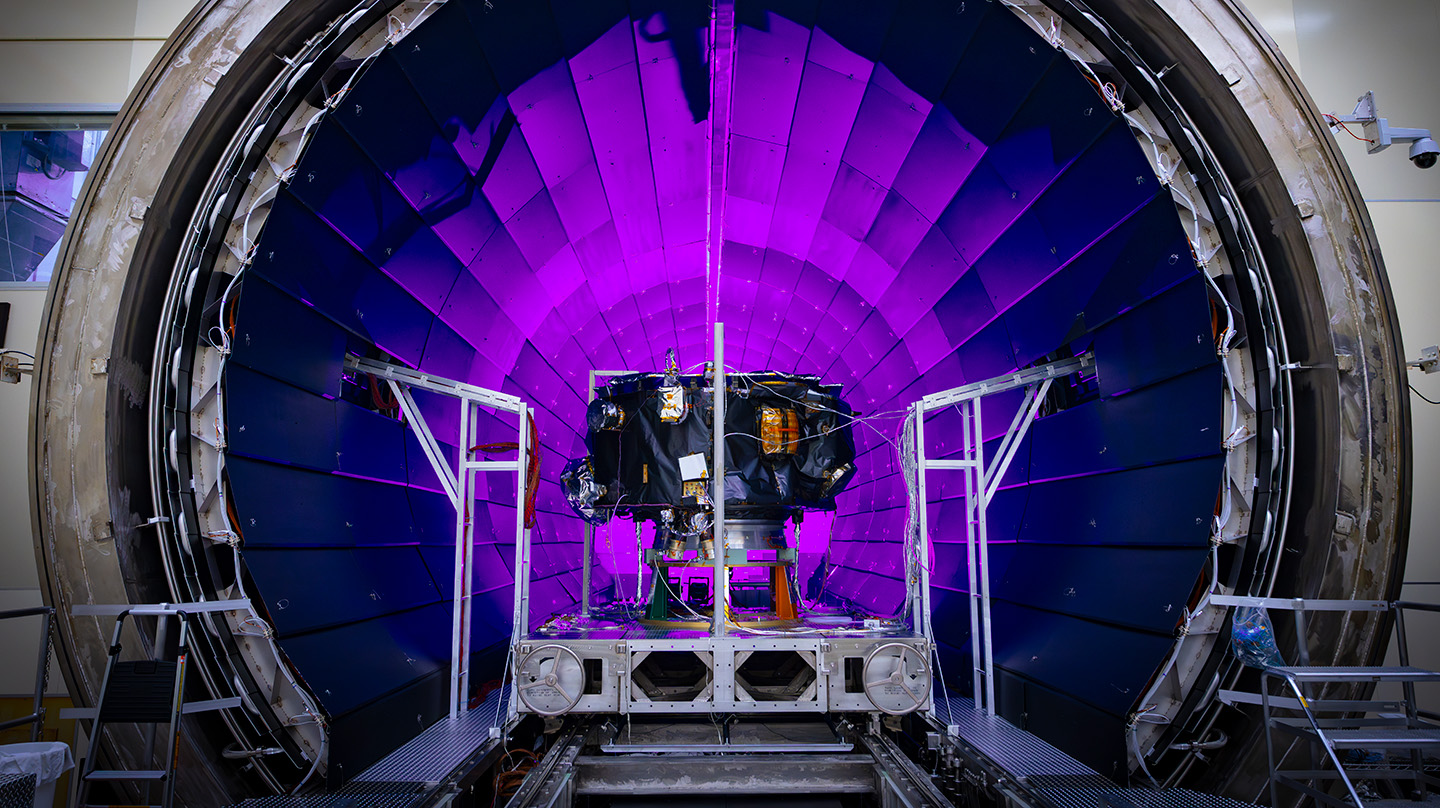
Sep 19, 2025
NASA’s IMAP Mission Passes Major Prelaunch Milestone


